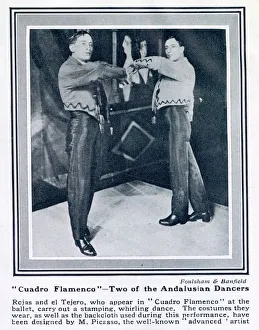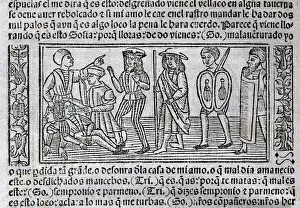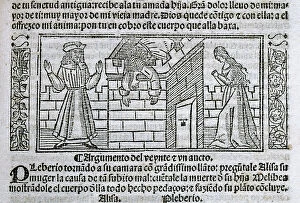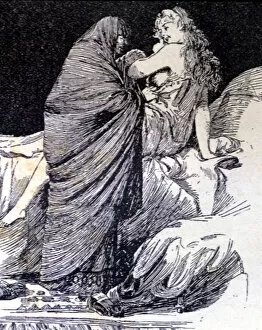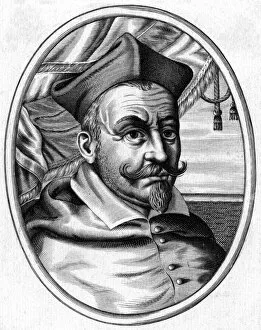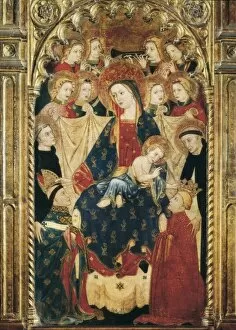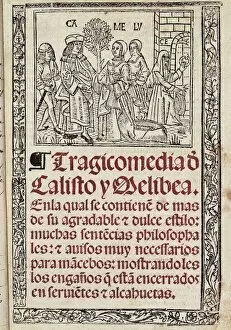Rojas Collection
"Rojas: A Spanish Legacy of Art, Literature, and Culture" Step into the world of Rojas, a name that resonates with artistic brilliance and literary genius
All Professionally Made to Order for Quick Shipping
"Rojas: A Spanish Legacy of Art, Literature, and Culture" Step into the world of Rojas, a name that resonates with artistic brilliance and literary genius. From Cuadro Flamenco to Diaghilev Ballets Russes, the influence is undeniable. Fernando de Rojas (1465-1541), a Spanish writer, left an indelible mark on literature with his tragicomedy. His work "Tragicomedy of Calixto and Melibea" captivated readers for centuries. In the 15th and 16th centuries, Alisa Castilia Castilian Castle stood as a testament to the grandeur associated with the Rojas name. It was here that tales were woven and dreams took flight. Pablo de Rojas (1549-1611) painted "Saint James Pilgrim, " showcasing his artistic prowess. Gustavo it also made waves in the art world with his unique creations. The Duke of Lerma immortalized by Peter Paul Rubens in 1603 pays homage to one of Spain's influential figures associated with the Rojas lineage. But it is perhaps Fernando de Rojas' masterpiece "La Celestina" that truly defines this legacy. The tragicomedy unfolds through enchanting engravings published in various editions over time. La Celestina wakes Melibea from her slumber while making spells under its bewitching charm. Covered by lush trees or depicted alongside Calixto amidst their forbidden love affair, La Celestina continues to enthrall readers even today. Its enduring popularity speaks volumes about Fernando de Rojas' timeless storytelling ability. So let us celebrate the rich tapestry woven by generations bearing the surname 'Rojas. ' A tapestry adorned with flamenco rhythms, balletic grace, Picasso's brush strokes; where tragedy meets comedy on stage or within pages.

